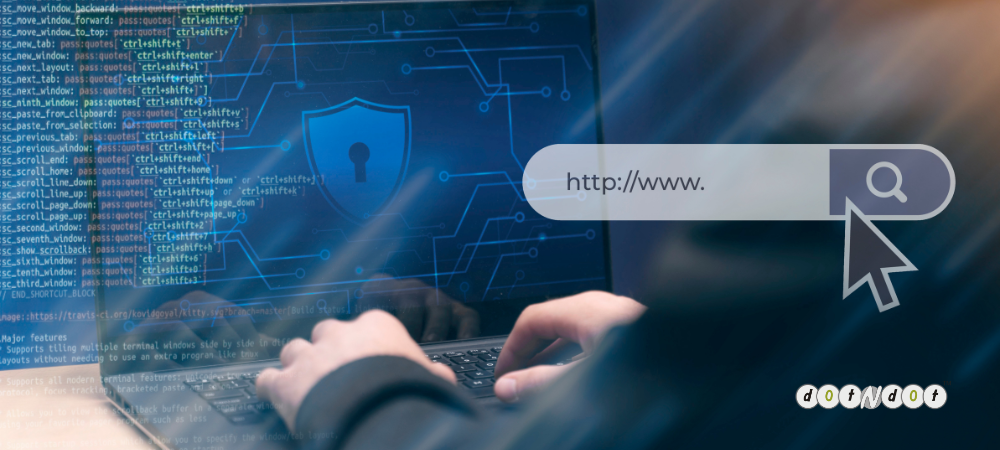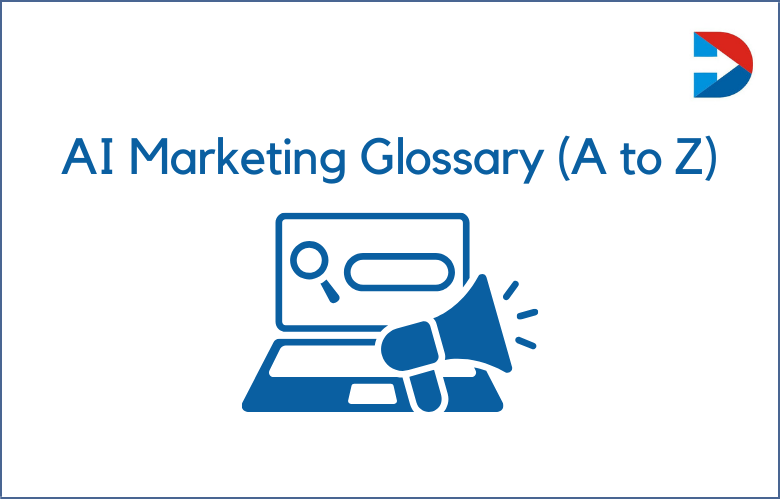
WordPress is one of the most popular content management systems (CMS) available today. It’s free, easy to use, and flexible enough to accommodate a variety of websites. With that being said, it’s also one of the most targeted CMSs when it comes to hackers. A single vulnerability in the system can make your website vulnerable to attacks. Therefore, taking precautions to secure your WordPress website is essential. We will discuss a WordPress security checklist that will help keep your website safe and secure.
What is the WordPress Website Security Checklist?
WordPress is one of the most popular content management systems (CMS), with over 40% of websites using it. However, with popularity comes security concerns.
As a website owner, it is crucial to have a secure WordPress website to avoid hackers and other malicious activities. There are several security steps you should take to secure your WordPress website, and one of them is using a security checklist.
We will discuss the WordPress website security checklist and why it is essential. WordPress is one of the most popular website-building platforms available today and is used by millions worldwide.
But, with great popularity comes the risk of security vulnerabilities. WordPress websites are often the target of hackers who want to gain unauthorized access and steal data.
The ultimate WordPress Website Security Checklist
WordPress is the most popular content management system millions of people use worldwide.
It powers over 40% of all websites on the internet. However, its popularity also makes it susceptible to hacking, malware infections, and other security threats.
As a website owner, you are responsible for ensuring your site is secure from malicious activities. We will discuss the ultimate WordPress website security checklist you can use to safeguard your site and protect it from vulnerabilities.
The essential checklist Keeping Your WordPress Website Secure
WordPress powers over 40% of all websites today, including some of the most popular sites online. Unfortunately, its popularity also makes it an attractive target for hackers and cybercriminals.
As a WordPress website owner, ensuring your site is secure from malicious attacks and data breaches is crucial.
In this post, we will discuss the WordPress website security checklist, a comprehensive guide to help you strengthen your website’s security and keep it safe.
Is Your WordPress Website Secure? Here’s Your Comprehensive Checklist
WordPress has become one of the most popular website platforms, powering over 35% of all websites online. With such a significant presence, it should be no surprise that WordPress sites are a prime target for hackers and cybercriminals.
While you can take various steps to secure your website, it can be challenging to know where to start. To help you out, we’ve created a comprehensive WordPress website security checklist that can help you protect your website against cyber-attacks.
WordPress Website Security Checklist: Keeping Your Site Protected?
WordPress is one of the most popular website platforms out there and for a good reason. It’s user-friendly, versatile, and offers a broad range of customizations.
However, with great power comes great responsibility, especially regarding website security.
As a website owner, you must ensure your site is secure to prevent hackers from exploiting vulnerabilities. With that in mind, we’ve compiled a comprehensive WordPress website security checklist to keep your site safe and secure.
The Importance of WordPress Website Security and the Checklist You Need to Know
The world is experiencing a digital era, and online presence is crucial for businesses. WordPress is one of the most popular Content Management System (CMS) platforms powering over 40% of all websites on the internet.
WordPress website security is a critical aspect that website owners should consider. Hackers continuously attempt to exploit vulnerabilities in websites to gain unauthorized access.
As a website owner, you must be proactive in securing your website. We will discuss the WordPress Website Security Checklist.
Install SSL Certificate: One of the essential security protocols for any website is an SSL certificate.
An SSL (Secure Sockets Layer) certificate encrypts data between servers and client devices, ensuring no third party can intercept website users’ sensitive information.
Keep Your WordPress Site Up-to-Date
One of the essential steps you can take to improve the security of your WordPress site is to keep it up-to-date.
Regular WordPress updates help to fix known vulnerabilities in the CMS, enhancing its security.
WordPress releases frequent security updates, which apply to core files, themes, and plugins. Therefore, it’s crucial to keep everything updated for a secure website.
Use Strong Usernames and Passwords
Use strong usernames and passwords when creating user accounts for your WordPress site.
Strong passwords include alphanumeric characters, symbols, and uppercase and lowercase letters. Weak passwords put your site at risk of brute force attacks, which can cause significant damage.
Install Security Plugins
WordPress security plugins are essential for securing your site from unwanted access and attacks. They can help harden your site, scan for vulnerabilities, and detect malware.
Numerous plugins are available for WordPress security, and some of the most common ones are Defender, Security Ninja, and iThemes Security.
Use Encryption for Data Transmission
Sending sensitive information like login credentials, private user data, or financial information online is risky. Encrypted connections ensure that your data is safe from end to end.
The Secure Sockets Layer (SSL) protocol provides encryption between client and server communication, making it more difficult for hackers to intercept data.
Backup Your Site Regularly
Creating backups of your website is more of a recovery plan than a security measure. However, regular backups help keep your site online, especially in data loss, hacking, or deletion of essential files.
By backing up your website, you can quickly restore it to its previous state before the attack.
Limit Login Attempts
As mentioned earlier, brute force attacks on the WordPress login page are common. But what if you limited the number of login attempts?
The attacker will be denied access once they try several incorrect username and password combinations, thus minimizing the risk of brute force attacks.
WordPress has several plugins that limit login attempts, including Login Lockdown, WP limit login attempts, and Limit Login Attempts Reloaded.
Implement a Web Application Firewall
A web application firewall (WAF) is your WordPress website’s first line of defense. A WAF filters, monitors, and blocks malicious traffic and bots on your website.
It analyzes and blocks suspicious traffic that could indicate an ongoing cyberattack, such as SQL injection, cross-site scripting, etc.
A WAF integrates an extra layer of security and consistently updates to handle new threats as they emerge.
Conclusion
In conclusion, building a secure website is essential, and securing your WordPress website requires consistent monitoring and tuning.
By implementing the security measures outlined above, you can protect your WordPress site from numerous threats and vulnerabilities, ensuring it remains safe and secure for years.
Remember, staying proactive or reactive in securing your site is always better. By taking proactive measures, you’ll avoid breaches and theft that can result in more significant issues.



